Nikko Toshogu Shrine is widely regarded as one of Japan’s most mystical and beautiful sanctuaries. Located in Nikko City, Tochigi Prefecture, it’s just a two-hour train journey from Tokyo.
The Origins of Nikko Toshogu
The shrine’s story begins with the last wish of Tokugawa Ieyasu, the founding shogun of the Edo Shogunate. In his final testament, Ieyasu requested that one year after his death, a shrine be built in Nikko to house his remains. “Toshogu” is the divine name given to Ieyasu after his deification.
Ieyasu specifically chose Nikko—then an obscure rural area—because of its precise geographical positioning. Nikko sits directly north of Edo (modern-day Tokyo), creating a perfect alignment between Edo, Nikko, and the North Star. Ieyasu believed that since the North Star remains fixed in the sky, this alignment would ensure Edo’s lasting peace and stability. Additionally, this position would allow him to watch over and protect Edo from above as a guardian deity.
Most of the current shrine buildings were reconstructed in 1636 by the third shogun Tokugawa Iemitsu, Ieyasu’s grandson who deeply revered his grandfather. The shrine complex features 55 structures, including 8 National Treasures and 34 Important Cultural Properties. The breathtaking opulence of these buildings is awe-inspiring. Master craftsmen gathered from across Japan applied lacquer and vibrant colors to the structures, adorning pillars and other elements with numerous intricate carvings. The shrine’s splendor is so captivating that it’s said one could spend an entire day without growing tired of its beauty.
Interestingly, Tokugawa Ieyasu passed away in 1616—the same year as William Shakespeare.
Syncretic Religion
Nikko is collectively recognized as a World Heritage site encompassing three sacred entities: Nikko Toshogu Shrine, Nikko Futarasan Shrine, and Rinnoji Temple. Within the Toshogu grounds stands a five-story pagoda housing Buddha’s relics (shari)—a clear example of Shinto and Buddhist coexistence.
This represents the legacy of shinbutsu-shugo (the syncretism of Shinto and Buddhism), a belief system that harmonized both religions. Based on the concept that Japanese kami (gods) and Buddhist deities were fundamentally the same entities, this practice allowed both to be enshrined and worshipped in the same sacred spaces. Beginning in the Nara period and flourishing through medieval times, this syncretism was officially prohibited during the Meiji era’s separation policies. Though the religions are now institutionally distinct, traces of this tradition persist in everyday Japanese life—visiting Shinto shrines for New Year celebrations while conducting funerals at Buddhist temples.
Rinnoji Temple, located just beside Toshogu’s main gate, is worth visiting if time allows. During the Edo period, it was a prestigious temple where imperial family members served as head priests. The temple boasts the largest building in eastern Japan, and its main hall uniquely houses all Seven Lucky Gods together—typically, these deities would be enshrined separately across different temples. Admission to Rinnoji Temple costs 300 yen.
Time Required for Visiting
Touring the main attractions of Nikko Toshogu Shrine typically takes between 2-3 hours. To thoroughly explore all three sacred sites—Toshogu Shrine, Futarasan Shrine, and Rinnoji Temple—allow approximately 6 hours.
Admission Fees and Hours
Nikko Toshogu admission fees:
- Adults: 1,600 yen
- Elementary/junior high school students: 550 yen
The Treasure Museum, which displays Ieyasu’s personal belongings, artifacts donated by the imperial court, shogunate, and feudal lords, as well as ceremonial implements, requires an additional fee. Combined tickets are available:
- Adults/high school students: 2,400 yen
- Elementary/junior high school students: 870 yen
Visiting hours:
- April to October: 8:00 AM – 5:00 PM
- November to March: 8:00 AM – 4:00 PM *Note: Last admission is 30 minutes before closing time.
After passing through Omotemon, you’ll notice a tent where English audio guides are available for rent. These provide explanations at 21 different locations throughout the shrine. The rental fee is 500 yen, plus a 500 yen deposit that is refunded upon return.
Key Attractions at Nikko Toshogu
The recommended path follows this sequence: Omotesando (Main Approach) → Stone Torii Gate → Five-Story Pagoda → Omotemon (Main Gate) → Kamijinko (Upper Sacred Storehouse) → Shinkyusha (Sacred Stable) → Yomeimon Gate → Karamon Gate → Honden (Main Sanctuary) → East Corridor → Okusha (Inner Shrine).
All sites from Omotesando to the East Corridor are clustered in one area, making navigation straightforward. The Yomeimon Gate, Karamon Gate, Honden, and East Corridor are all designated National Treasures of Japan. Note that access from Omotesando to Omotemon is free, but beyond this point, admission fees apply. The ticket booth is located just north of the Five-Story Pagoda.
Each of these sites represents an important part of the Toshogu experience, with unique historical and artistic significance. Here are the highlights you shouldn’t miss:
Omotesando (Main Approach)
Overview: The majestic cedar-lined path leading to Toshogu Shrine sets the tone for your visit.
What to See: Notice how the staircase before the stone torii gate employs perspective techniques—growing narrower toward the top to make the gate appear taller and more distant. This is an intentional design element to create a sense of awe. Be prepared for an uphill climb.
Picture
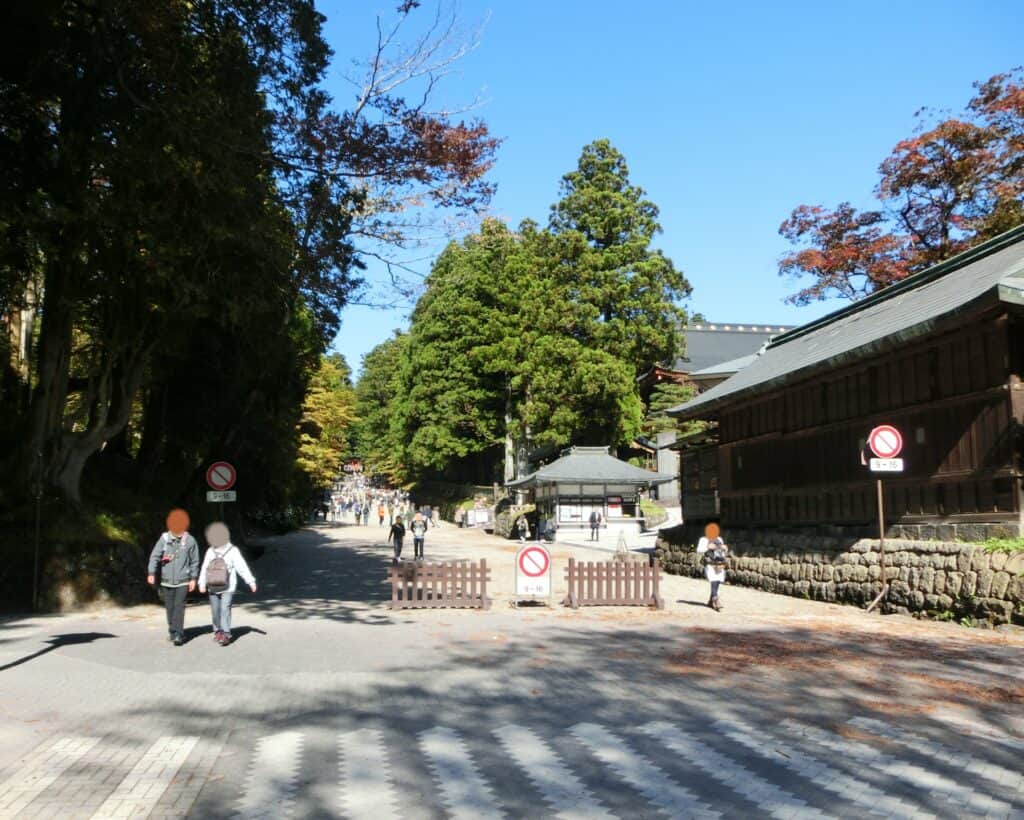
Stone Torii Gate
Overview: This impressive stone gate serves as the grand entrance to the sacred Toshogu complex.
What to See: Standing 9m tall with 3.6m thick pillars, it’s one of the largest stone torii gates built during the Edo period. The tablet above is roughly the size of a tatami mat. Despite being 500 years old, the gate incorporates earthquake-resistant design elements that demonstrate the advanced engineering knowledge of the period.

Five-Story Pagoda
Overview: A striking vermilion pagoda that showcases traditional Japanese Buddhist architecture.
What to See: Originally donated by Tokugawa retainer Sakai Tadakatsu in 1650, the current structure was rebuilt in 1818 after the original was destroyed by fire. Visitors can enter the first floor (300 yen fee) to view the central pillar. Notice how each of the four tiers and the pinnacle features a different architectural style—this reflects the period’s aesthetic preference for deliberate imperfection, believed to ward off evil.
Picture
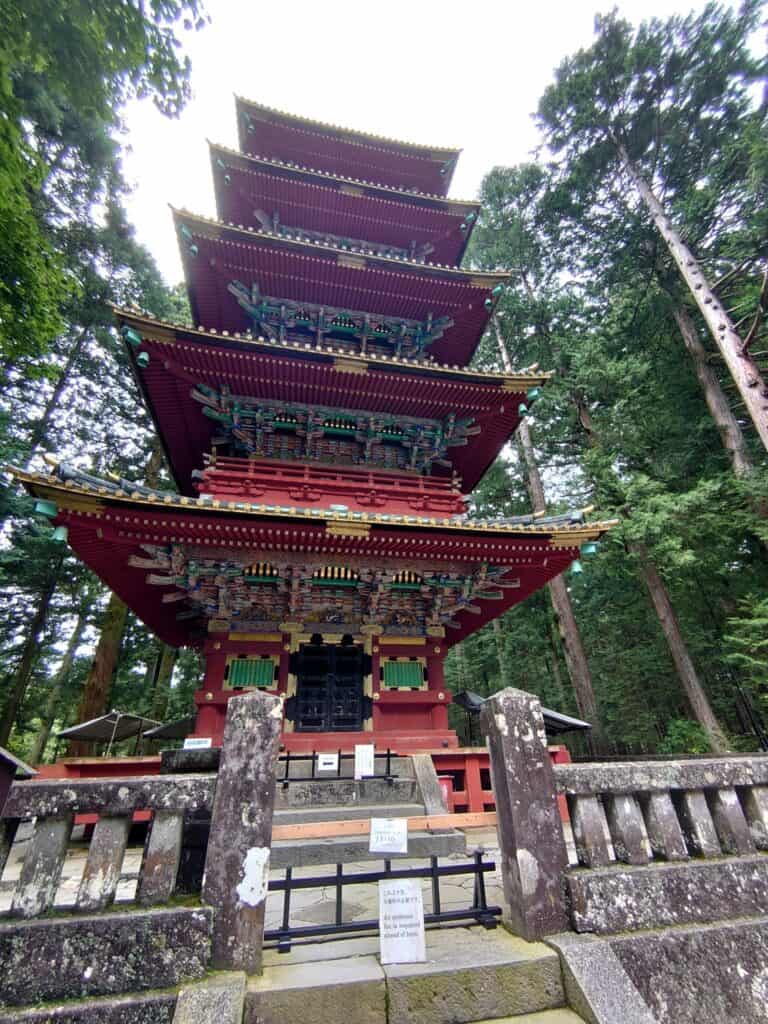
Omotemon (Main Gate)
Overview: The formal entrance to the shrine complex, also known as “Niomon” Gate.
What to See: The gate is flanked by intimidating Nio guardian statues that protect the shrine from evil spirits. Take time to admire the 82 remarkable wood carvings adorning the gate, depicting mythical creatures like baku, kirin, elephants, and tigers—each with spiritual significance in Japanese and Buddhist cosmology.
Picture
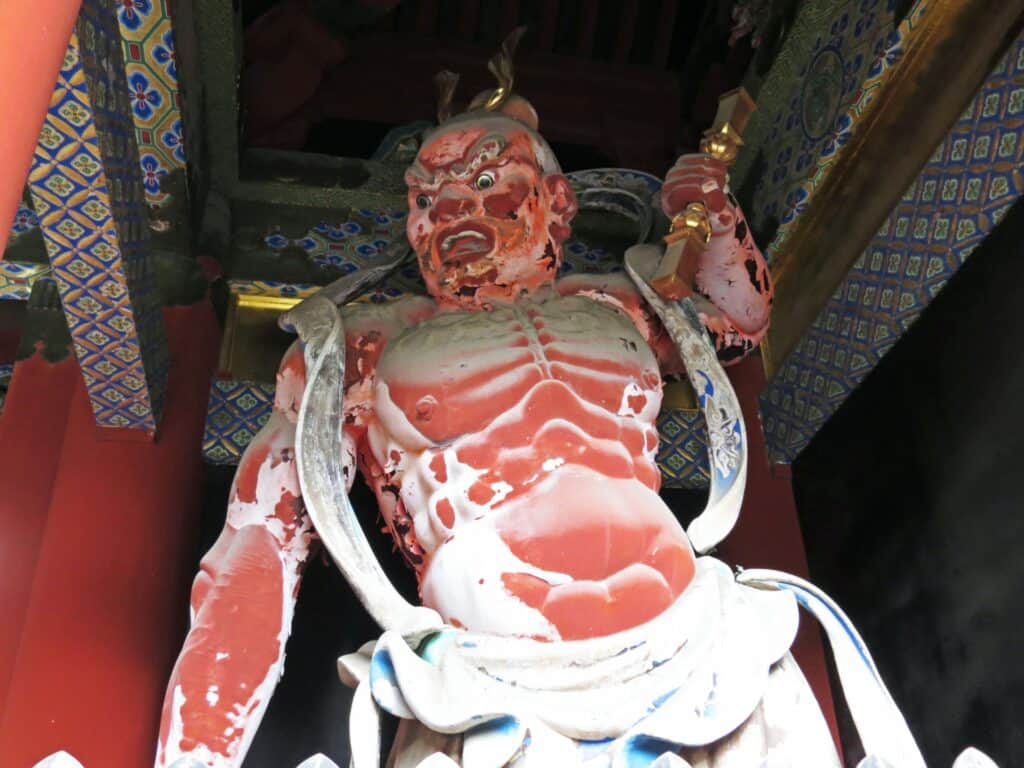
Kamijinko (Upper Sacred Storehouse)
Overview: A distinctive storehouse built in the traditional azekura-zukuri (log cabin) style.
What to See: Together with the Middle and Lower Storehouses, these form the Three Sacred Storehouses that once contained treasures and offerings. Look for the carvings of two elephants under the eaves, based on sketches by the famous artist Kano Tanyu. Since Kano had never seen a real elephant and relied only on written descriptions, these are affectionately known as “imaginary elephants.”
Picture
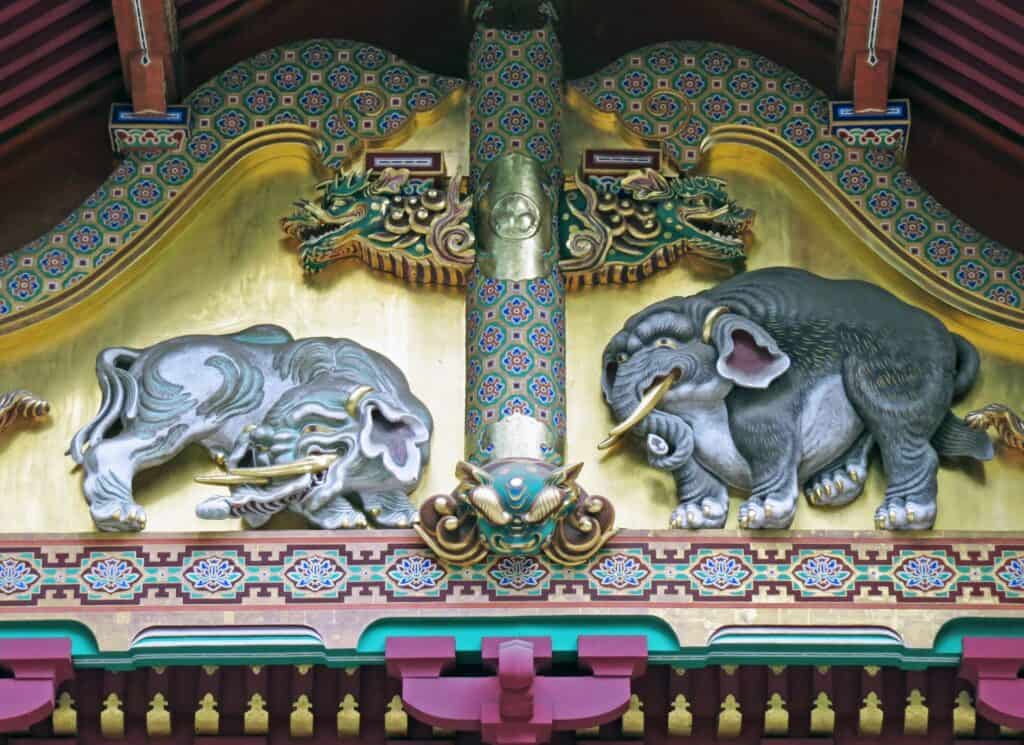
Shinkyusha (Sacred Stable)
Overview: The historic stable that housed the shrine’s sacred horses.
What to See: Based on the traditional belief that monkeys protect horses, the structure features famous monkey carvings. Don’t miss the renowned sequence of eight monkey panels said to depict the stages of human life. The most famous panel shows the “Three Wise Monkeys” (see no evil, speak no evil, hear no evil)—a teaching that children should be protected from negative influences.
Picture
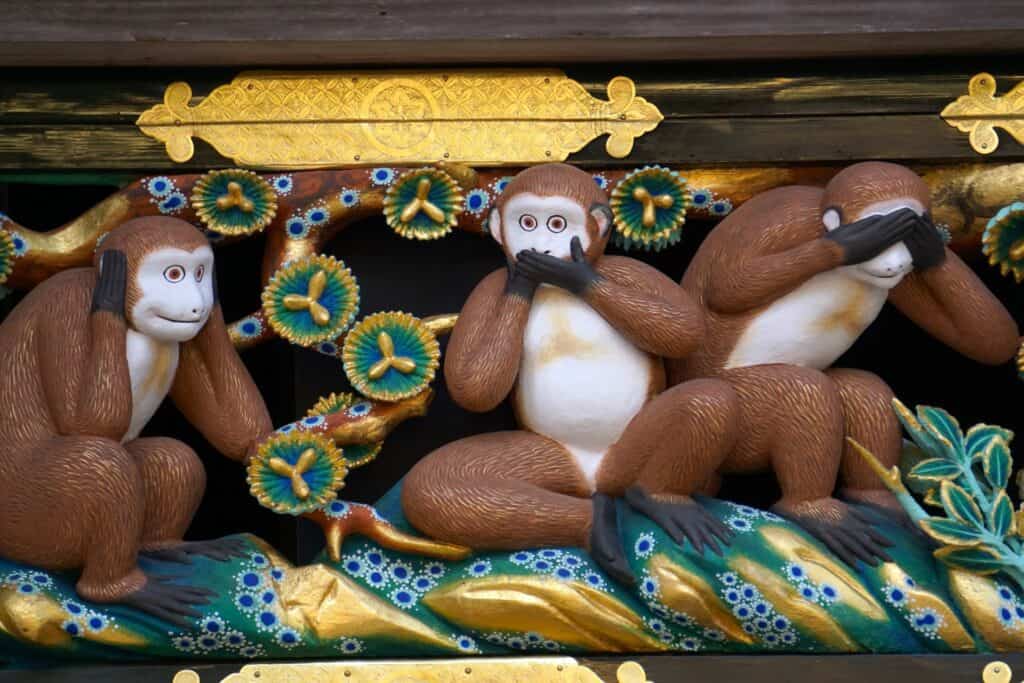
Yomeimon Gate
Overview: Often called Japan’s most beautiful gate, this is the architectural masterpiece of Nikko Toshogu.
What to See: This magnificent structure showcases the pinnacle of early Edo period craftsmanship, adorned with 508 intricate carvings of mythical beasts, Chinese sages, and floral motifs. Recently restored to its vibrant colors during the Heisei era renovation, its dazzling beauty has earned it the nickname “Sunset Gate”—visitors become so mesmerized that they lose track of time until sunset.
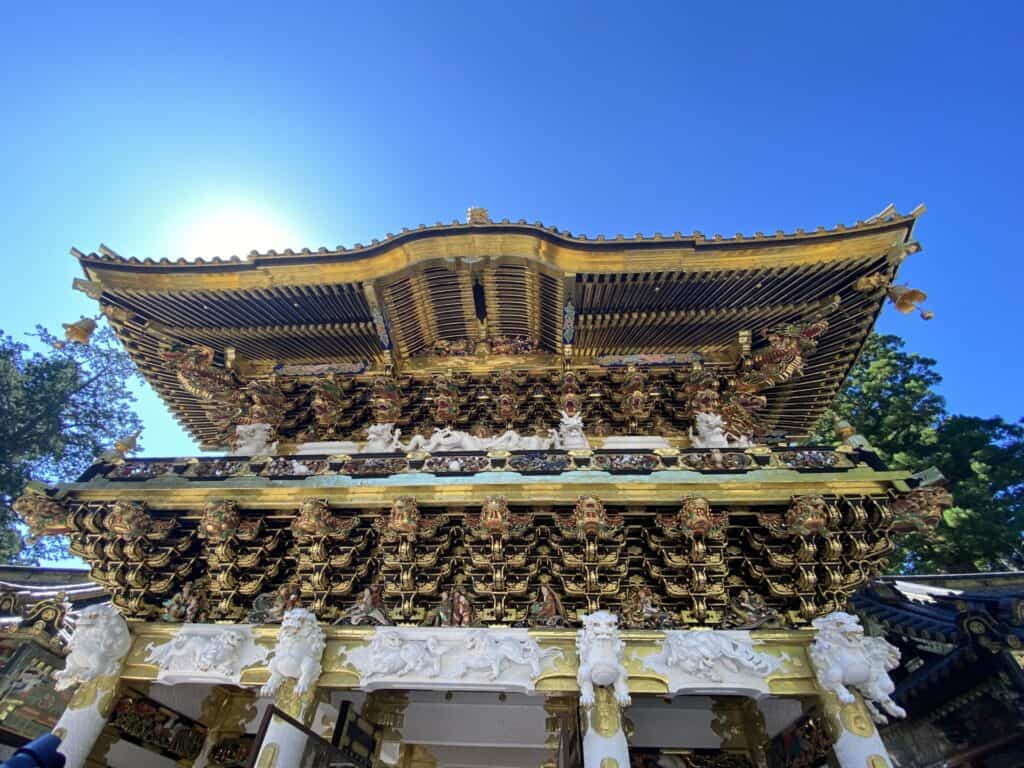
Karamon Gate
Overview: The ornate formal entrance to the Main Sanctuary, historically reserved for shoguns and daimyo lords.
What to See: Though modest in size (3m wide by 2m deep), it contains 611 carvings—more than the larger Yomeimon Gate. Notice the white areas painted with gofun, a traditional paint made from crushed seashells. Even today, only state guests of national importance may pass through this gate, maintaining its historic exclusivity.

Honden (Main Sanctuary)
Overview: The spiritual heart of Toshogu, built in the distinctive gongen-zukuri architectural style.
What to See: This sacred structure comprises three connected elements: the worship hall, the main sanctuary enshrining Tokugawa Ieyasu’s divine spirit, and a stone passageway connecting the two. While not open to the general public, you can appreciate its magnificent exterior and profound spiritual significance.
East Corridor
Overview: A covered walkway connecting the Main Sanctuary to the path leading to Okusha (Ieyasu’s tomb).
What to See: Look carefully for the famous “Sleeping Cat” carving on its upper section—it’s surprisingly small at approximately 15cm tall and 21cm wide and easy to miss. According to legend, this peaceful cat represents Japan under Tokugawa rule, while mice (symbolizing common people) could rest without fear. Located just to the right of the Karamon Gate, this corridor marks the start of the path to Ieyasu’s tomb.
Picture
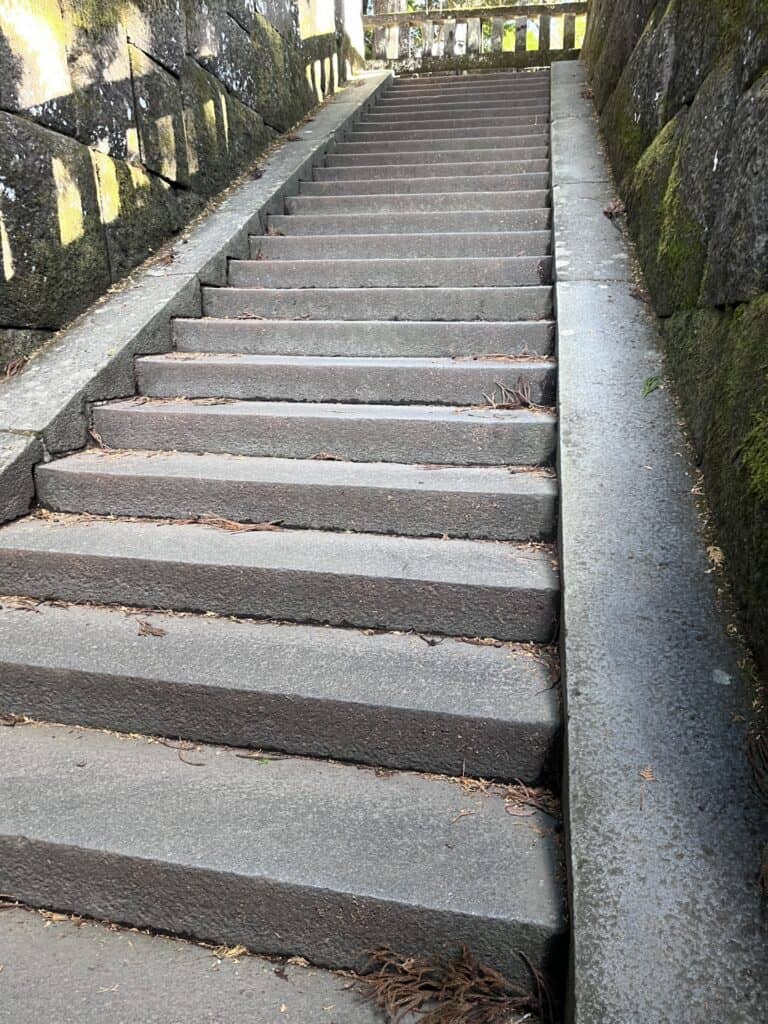
Okusha (Inner Shrine)
Overview: The sacred final resting place of Tokugawa Ieyasu, founder of the Edo Shogunate.
What to See: This solemn complex consists of a worship hall, the Ibushi Gate, and a treasure tower believed to contain a portion of Ieyasu’s remains. Before the treasure tower stand the three ritual implements: a crane-shaped candlestick, a lion incense burner, and a flower vase—traditional Buddhist offering items. Note that reaching this site requires climbing and descending 207 stone steps, a journey that takes about 30 minutes round trip.
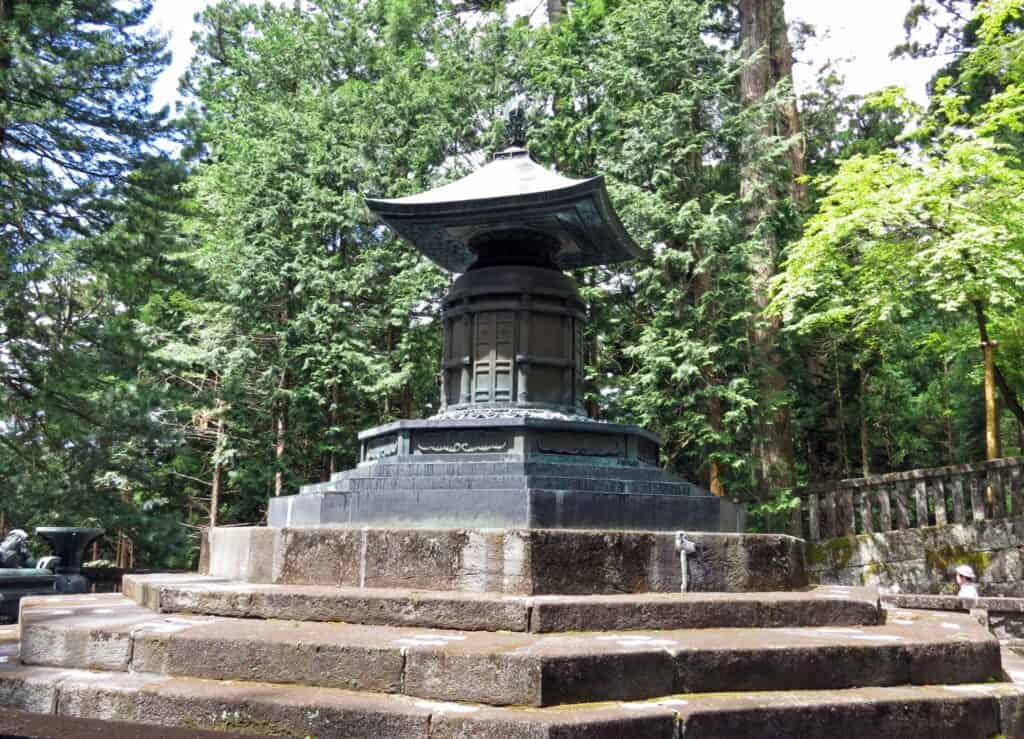
Other Noteworthy Attractions
If you have additional time, consider these fascinating sites that complement the main Toshogu experience:
Yakushido Hall (The Crying Dragon)
Overview: Famous for its unique acoustic phenomenon, this hall belongs to Rinnoji Temple but is located within the Toshogu complex near Yomeimon Gate.
What to See: Look up to admire the large dragon painting spanning the ceiling. When visitors clap their hands directly beneath it, the hall’s special acoustic properties create a distinctive “keen” echoing sound that resonates for several seconds—hence the name “Crying Dragon.” This architectural marvel demonstrates the advanced understanding of acoustics in 17th-century Japan.
Preview
Treasure Museum
Overview: A museum housing priceless artifacts related to Tokugawa Ieyasu and the shrine’s history.
What to See: The collection includes Ieyasu’s personal belongings, elaborate gifts from the imperial court, shogunate, and feudal lords, as well as ceremonial implements used in shrine rituals. Many items are designated National Treasures. An additional 1,000 yen admission fee applies. The museum is easily found to the right of the main approach, on the second floor above the Ueshima Coffee Shop.
Preview
From Tokyo to Nikko
From Shinjuku to Nikko: Journey takes 2-3 hours. Fares range from 3,000-4,000 yen for limited express trains and about 2,000 yen for local trains. Limited express typically takes 2 hours, but can take up to 3 hours depending on timing, so checking timetables is essential. Local trains take approximately 3 hours.
From Asakusa to Nikko: Fares range from 2,800-3,100 yen for limited express trains and about 1,400 yen for local trains. Travel time is similar to the Shinjuku route. The Tobu Railway “Spacia” limited express offers a café car and spacious seating comparable to Shinkansen trains, providing a more comfortable journey than the Shinjuku route.
Budget travel tip: Purchase Tobu Railway shareholder courtesy tickets (Tobu Tetsudo Kabunushi Yutai Jyosha-Sho) at discount ticket shops in major cities. These cost 750-850 yen each. Two tickets would allow a round trip between Asakusa and Nikko for 1,500-1,700 yen. Note that these tickets typically have usage restrictions (often valid for only about three weeks from purchase). These tickets are for local trains only, with a one-way journey time of 3 hours.
From Nikko Station to Toshogu Shrine
Nikko has two adjacent stations—JR Nikko Station and Tobu Nikko Station—though most tourists arrive at Tobu Nikko Station. The distance to Toshogu Shrine is approximately 2.3 kilometers.
On foot: Takes about 40 minutes. The route is lined with shops and points of interest, but includes a steep uphill section toward the end, making it quite strenuous.
By taxi: Taxi stands are available in front of both JR and Tobu Nikko stations. A ride to Toshogu’s Omotemon (Main Gate) costs around 1,200 yen and takes about 5 minutes. Note that calling a taxi costs more (approximately 1,700 yen). Taxis are recommended for groups, especially given the uphill terrain.
By bus: Bus stops are located directly in front of both stations. Buses to the shrine area run frequently (3-4 per hour) between 9 AM and 1 PM. Ask the driver for “Kami-Hashi” or “Yasukawa-cho” to confirm the route. Three stops serve the Toshogu area:
- Shinkyo (Sacred Bridge): The furthest stop, but allows visitors to cross the famous Shinkyo Bridge, one of Japan’s three most unique bridges. Located just before the bridge, it’s an 800m walk (15 minutes) to Toshogu’s main gate. Note that crossing the bridge costs 300 yen.
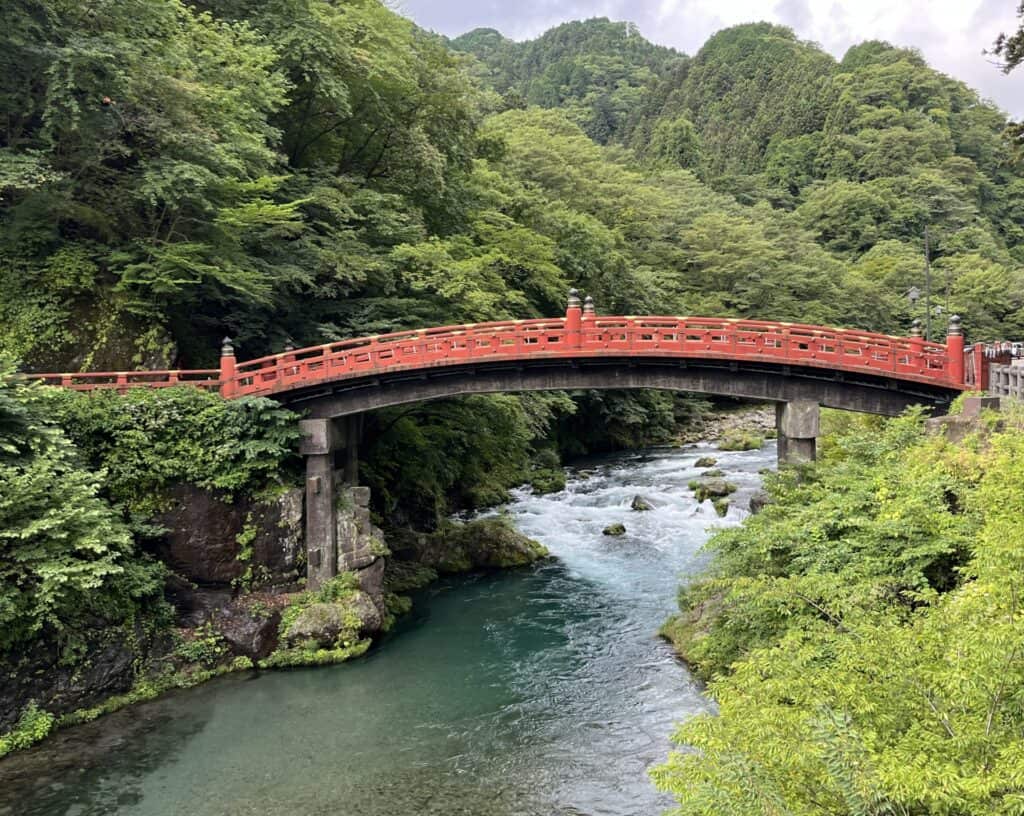
- Yasukawa-cho: The closest stop to Toshogu, located just after crossing Shinkyo Bridge. From here, it’s a 550m walk (10 minutes) to the main gate.
- Nishi-Sando Entrance: Another option for accessing the shrine area.
Bus routes that stop at Shinkyo and Yasukawa-cho: Kiyotaki-bound buses and World Heritage Loop buses
[SVG bus route map to be added later]
Return Journey
For the return trip, head toward the bus stops. The downhill walk is considerably easier than the uphill journey to the shrine. As Nikko is a tourist destination, taxis frequently pass by and can be easily hailed while walking along the main route. Limited express trains to Asakusa run only once per hour, so it’s advisable to check the timetable carefully before departure or purchase return tickets upon arrival.
Lunch Options
The best timing for lunch is upon arrival at Nikko Station, where numerous restaurants are located. Alternatively, there are dining options around Toshogu Shrine:
- Ueshima Coffee Shop: A well-known Japanese coffee chain offering light meals, located on the first floor of the Toshogu Treasure Museum building near the Five-Story Pagoda.
- Meiji-no-Yakata: A refined Western-style restaurant, located 500m east of Ueshima Coffee Shop. This twice-selected “Top 100” restaurant offers lunch sets at 1,870 yen and 2,970 yen.
- Convenience stores: For a quick meal, Family Mart and 7-Eleven are located near Nikko Station, and a Lawson can be found near the Yasukawa-cho bus stop. These offer quality ready-to-eat options that can be consumed in-store or taken away.
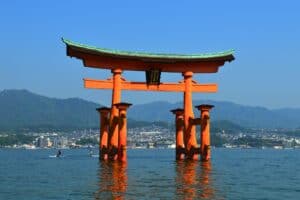


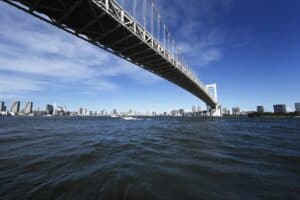
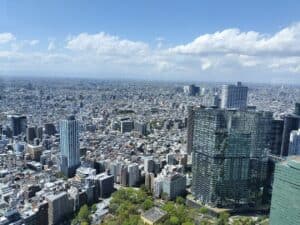


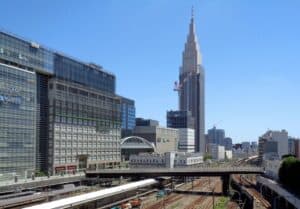
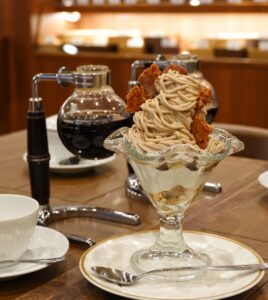
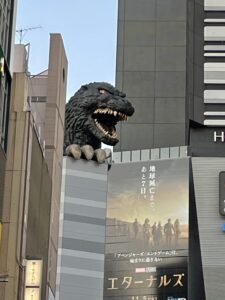

コメント
コメント一覧 (1件)
[…] Nikko Toshogu Shrine 101 Nikko Toshogu Shrine is widely regarded as one of Japan's most mystical and beautiful sanctuaries. […]